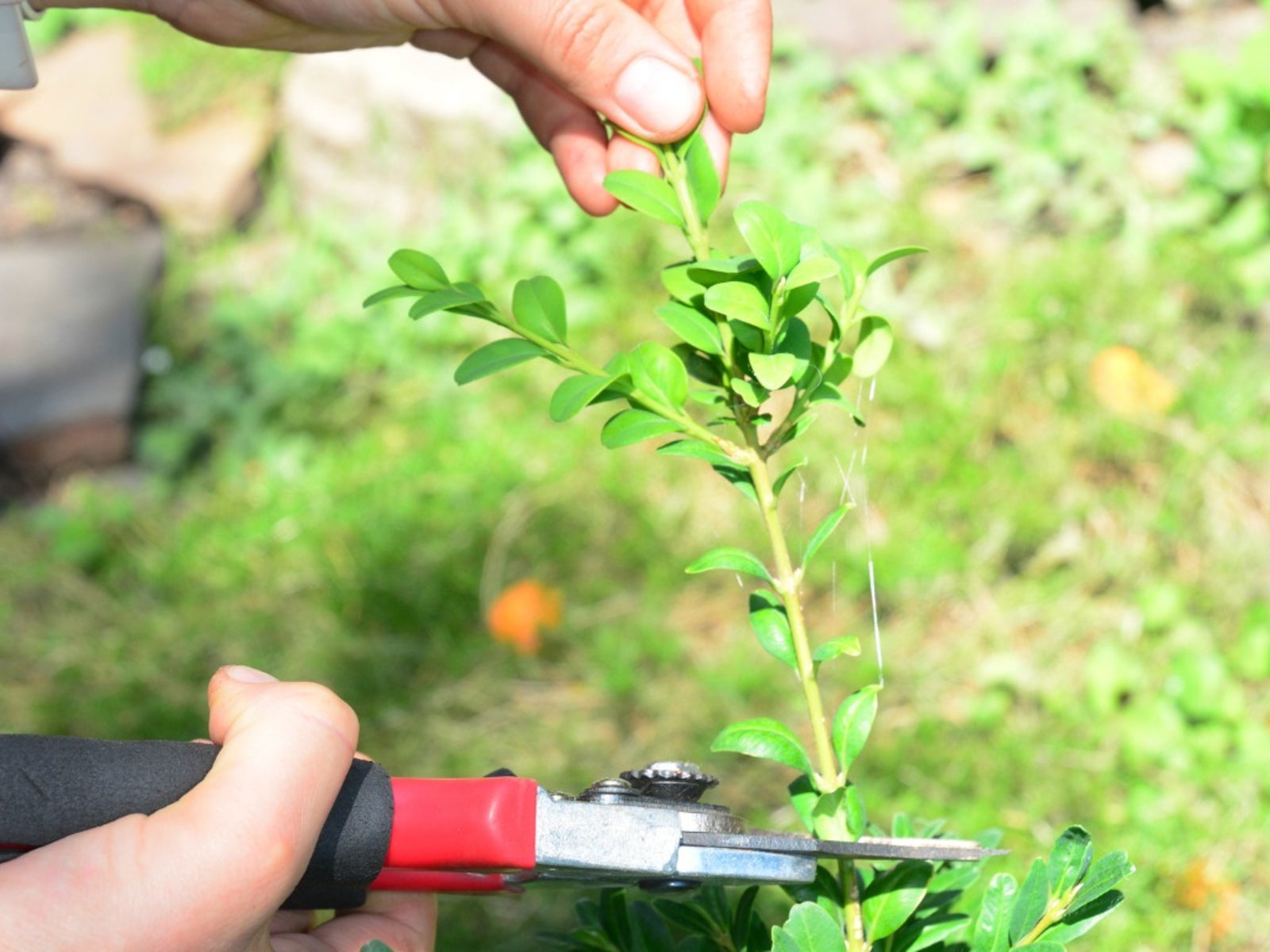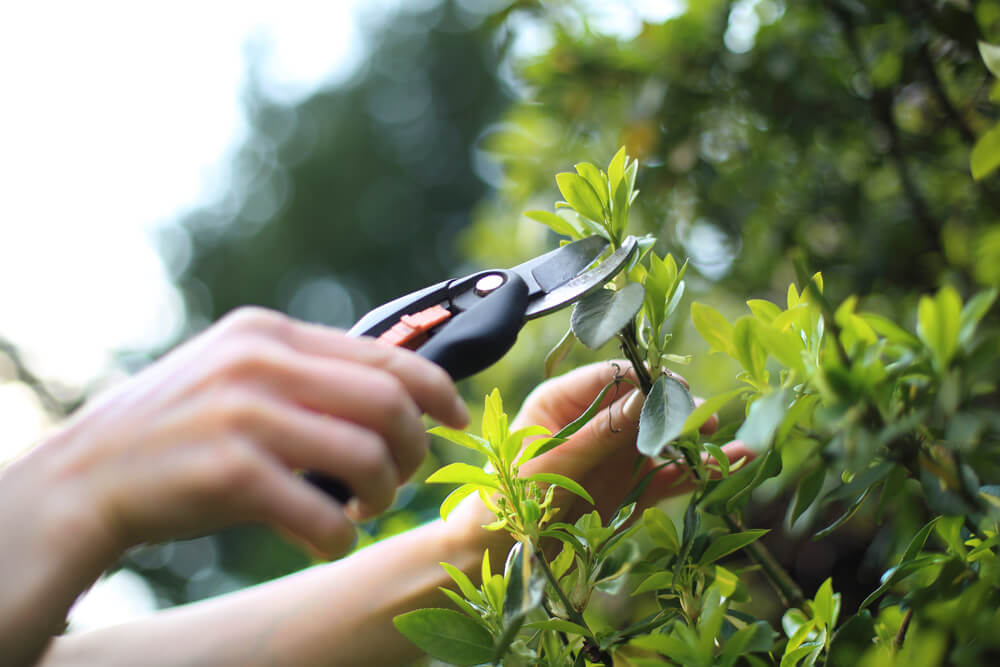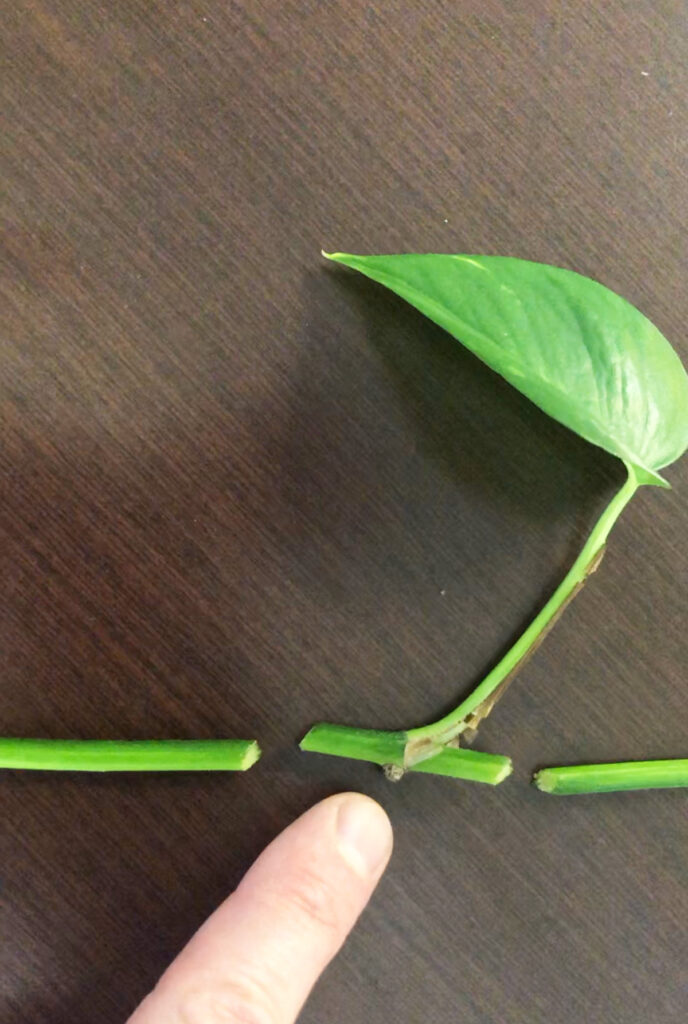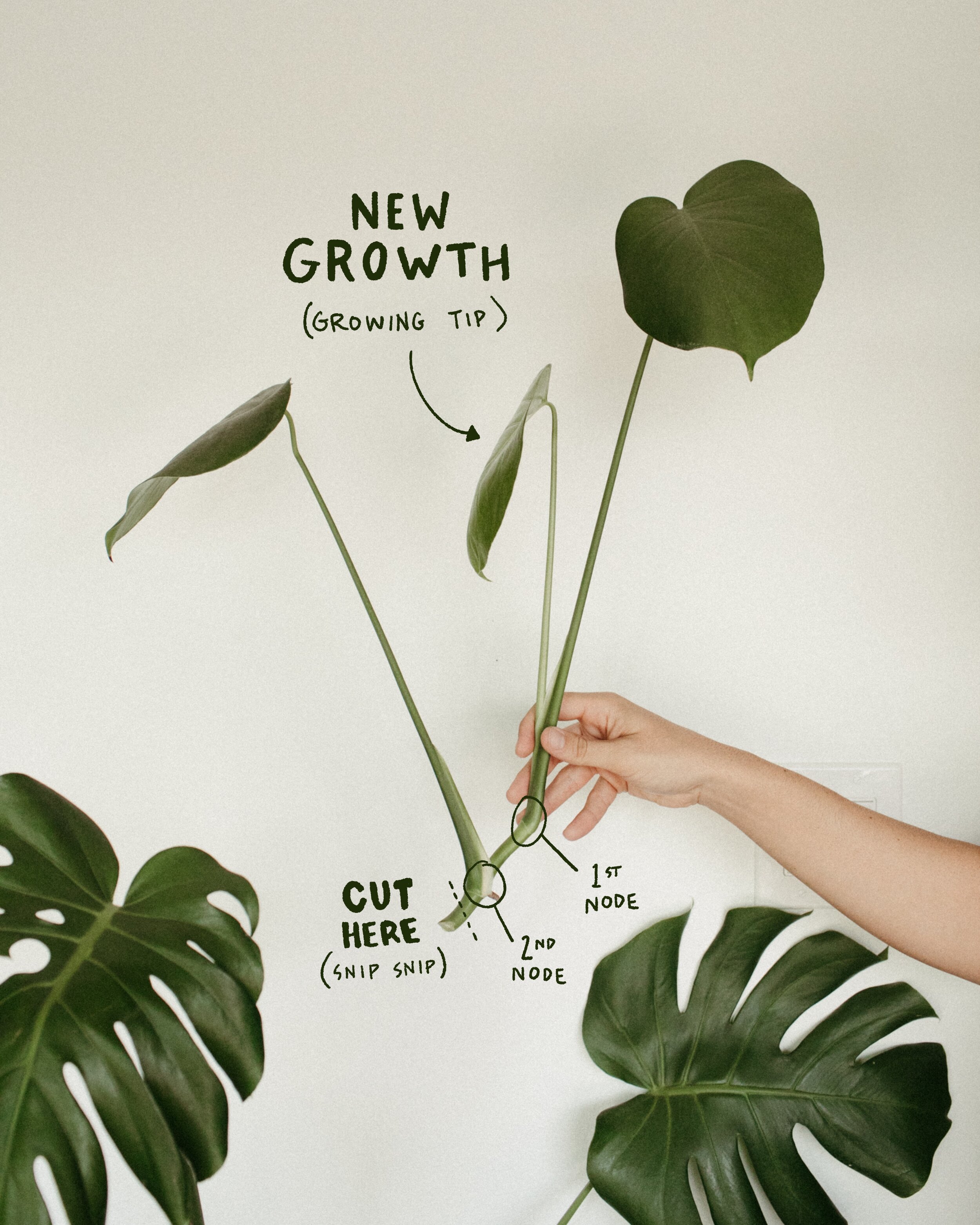Understanding the Basics of Plant Propagation
Plant propagation is
Understanding the Basics of Plant Propagation
Plant propagation is the process of creating new plants from existing ones, and it’s a fundamental skill for any gardener or plant enthusiast. By learning how to propagate plants, you can share your favorite plants with friends and family, create new varieties, and even save money by growing your own plants from cuttings. There are several methods of plant propagation, including stem cutting, leaf cutting, and division. Stem cutting involves cutting a section of stem from a mature plant and rooting it to create a new plant. Leaf cutting involves cutting a leaf from a plant and rooting it to create a new plant. Division involves separating a mature plant into smaller sections, each with its own roots, to create new plants.
One of the most common methods of plant propagation is stem cutting, which involves cutting a section of stem from a mature plant and rooting it to create a new plant. This method is often used for plants that produce long stems, such as roses and lavender. To propagate a plant using stem cutting, you’ll need to choose a healthy stem with at least two nodes, cut it from the plant, and remove any lower leaves. You’ll then need to prepare the cutting for rooting by dipping it in a rooting hormone and planting it in a pot filled with a well-draining rooting medium.
When it comes to plant propagation, timing is everything. The best time to propagate a plant depends on the type of plant and the method of propagation. For example, spring and summer are the best times to propagate plants that produce long stems, such as roses and lavender. On the other hand, fall and winter are the best times to propagate plants that produce bulbs, such as tulips and daffodils. By understanding the basics of plant propagation, you can create new plants and share them with others, and even discover new varieties of plants.
Whether you’re a seasoned gardener or just starting out, plant propagation is a skill that can help you take your gardening to the next level. By learning how to propagate plants, you can create new plants, share them with others, and even discover new varieties of plants. So why not give it a try? With a little practice and patience, you can become a plant propagation pro and start growing your own plants from cuttings.
How to Prepare Your Plant for Cutting
Before you can start cutting your plant, you need to prepare it for the process. This involves pruning, cleaning, and disinfecting the plant to prevent the spread of disease. Pruning involves removing any dead or damaged leaves or stems from the plant, which will help to promote healthy growth and prevent the spread of disease. Cleaning involves gently washing the plant with water to remove any dirt or debris that may be present. Disinfecting involves using a disinfectant solution to kill any bacteria or fungi that may be present on the plant.
It’s also important to use clean and sharp tools when cutting your plant. This will help to prevent the spread of disease and ensure that the cut is clean and precise. You can use a pair of pruning shears or a sharp knife to cut your plant, depending on the type of plant and the size of the cutting. Make sure to disinfect your tools between cuts to prevent the spread of disease.
When preparing your plant for cutting, it’s also important to consider the time of year. Some plants are more suitable for cutting at certain times of the year, so make sure to research the specific needs of your plant. For example, some plants may be more suitable for cutting in the spring or summer when they are actively growing, while others may be more suitable for cutting in the fall or winter when they are dormant.
By properly preparing your plant for cutting, you can help to ensure that the cutting process is successful and that the new plant will thrive. This involves pruning, cleaning, and disinfecting the plant, as well as using clean and sharp tools. By following these steps, you can help to promote healthy growth and prevent the spread of disease.
Where to Cut Your Plant for Successful Propagation
When it comes to cutting your plant for propagation, it’s essential to know where to cut to ensure successful rooting. The cutting point will depend on the type of plant, its growth habits, and the desired outcome. For stem cutting, the cutting point is usually just above a node or internode. A node is the point on the stem where a leaf meets the stem, while an internode is the section of stem between two nodes.
For most plants, it’s best to cut just above a node, as this is where the plant’s natural growth hormones are concentrated. Cutting just above a node will help to stimulate root growth and increase the chances of successful propagation. However, for some plants, such as succulents and cacti, it’s better to cut just above an internode, as this will help to reduce the risk of rot and promote healthy root growth.
When cutting your plant, make sure to use a clean and sharp tool, and cut at a 45-degree angle. This will help to prevent the cutting from sitting too deeply in the soil and reduce the risk of rot. It’s also essential to remove any lower leaves that will be below the soil surface, as these can rot and cause the cutting to fail.
Here are some general guidelines for where to cut different types of plants:
- Stem cutting: Cut just above a node or internode, depending on the plant’s growth habits.
- Leaf cutting: Cut the leaf from the plant, leaving a small piece of stem attached to the leaf.
- Division: Cut the plant into sections, making sure each section has at least one growing point.
By knowing where to cut your plant, you can increase the chances of successful propagation and grow new plants with ease.
Techniques for Cutting and Preparing Stem Cuttings
When it comes to cutting and preparing stem cuttings, there are several techniques to keep in mind. The angle of the cut, the length of the cutting, and the removal of lower leaves are all important factors to consider. By following these techniques, you can increase the chances of successful propagation and grow healthy, thriving plants.
The angle of the cut is critical when cutting stem cuttings. A 45-degree angle is ideal, as it allows the cutting to sit at the correct angle in the soil and promotes healthy root growth. Cutting at a 90-degree angle can cause the cutting to sit too deeply in the soil, which can lead to rot and poor root growth.
The length of the cutting is also important. Generally, stem cuttings should be between 3-6 inches long, depending on the type of plant. Cutting too short can cause the cutting to dry out, while cutting too long can cause the cutting to become leggy and weak.
Removing lower leaves is also essential when preparing stem cuttings. Lower leaves can rot and cause the cutting to fail, so it’s best to remove them to prevent this from happening. Leave only a few leaves at the top of the cutting to promote healthy growth and development.
Providing adequate humidity and light is also crucial for rooting stem cuttings. A humid environment will help to promote root growth, while adequate light will help to promote healthy leaf growth. You can use a propagation tray or a cloche to provide the necessary humidity and light for your cuttings.
Some popular techniques for cutting and preparing stem cuttings include:
- Tip cutting: Cutting the tip of the stem to promote new growth and root development.
- Node cutting: Cutting just above a node to promote root growth and development.
- Internode cutting: Cutting between nodes to promote root growth and development.
By following these techniques and providing the necessary care and attention, you can successfully propagate stem cuttings and grow healthy, thriving plants.
Rooting and Caring for Your Cuttings
Once you have cut and prepared your stem cuttings, it’s time to root and care for them. Rooting hormones can be used to stimulate root growth and increase the chances of successful propagation. These hormones can be applied to the cut end of the stem or mixed with water to create a rooting solution.
Providing adequate water and nutrients is also crucial for rooting and caring for your cuttings. Make sure the soil is moist but not waterlogged, and provide a balanced fertilizer to promote healthy growth. It’s also important to monitor for pests and diseases, such as root rot and leaf spot, and take action promptly if you notice any problems.
Some popular rooting mediums for stem cuttings include:
- Water: Water can be used as a rooting medium, especially for plants that are prone to root rot.
- Soil: A well-draining potting soil can be used as a rooting medium, especially for plants that prefer dry conditions.
- Peat moss: Peat moss can be used as a rooting medium, especially for plants that prefer acidic conditions.
When rooting and caring for your cuttings, it’s also important to provide adequate humidity and light. A humid environment can help to promote root growth, while adequate light can help to promote healthy leaf growth. You can use a propagation tray or a cloche to provide the necessary humidity and light for your cuttings.
Some common mistakes to avoid when rooting and caring for your cuttings include:
- Overwatering: Overwatering can cause root rot and poor root growth.
- Underwatering: Underwatering can cause stress and poor root growth.
- Insufficient light: Insufficient light can cause poor leaf growth and development.
By following these tips and avoiding common mistakes, you can successfully root and care for your cuttings and grow healthy, thriving plants.
Troubleshooting Common Problems with Plant Propagation
Despite following the best practices for plant propagation, problems can still arise. In this section, we will address some common issues that may occur during plant propagation and provide solutions and troubleshooting tips to help overcome these challenges.
One of the most common problems with plant propagation is rooting failure. This can occur due to a variety of reasons, including inadequate humidity, insufficient light, or poor soil quality. To overcome rooting failure, make sure to provide adequate humidity and light, and use a well-draining potting soil. You can also try using rooting hormones to stimulate root growth.
Another common problem with plant propagation is leaf drop. This can occur due to a variety of reasons, including overwatering, underwatering, or exposure to extreme temperatures. To overcome leaf drop, make sure to provide adequate water and nutrients, and keep the plant in a location with consistent temperatures.
Pest infestations are also a common problem with plant propagation. Pests such as spider mites, mealybugs, and aphids can infest plants and cause damage. To overcome pest infestations, make sure to monitor your plants regularly and take action promptly if you notice any pests. You can use insecticidal soap or neem oil to control pest infestations.
Some other common problems with plant propagation include:
- Overwatering: Overwatering can cause root rot and poor root growth.
- Underwatering: Underwatering can cause stress and poor root growth.
- Insufficient light: Insufficient light can cause poor leaf growth and development.
- Poor soil quality: Poor soil quality can cause poor root growth and development.
By being aware of these common problems and taking steps to prevent them, you can increase the chances of successful plant propagation and grow healthy, thriving plants.
Some troubleshooting tips to keep in mind include:
- Monitor your plants regularly for signs of pests or diseases.
- Provide adequate humidity and light for rooting.
- Use a well-draining potting soil to prevent root rot.
- Avoid overwatering or underwatering.
By following these troubleshooting tips, you can overcome common problems with plant propagation and achieve success with your plant propagation endeavors.
Conclusion: Becoming a Plant Propagation Pro
Plant propagation is a fascinating and rewarding process that can be mastered with practice and patience. By following the steps outlined in this article, you can successfully propagate plants and enjoy the many benefits that come with it. Whether you’re a seasoned gardener or just starting out, plant propagation is a skill that can be learned and enjoyed by anyone.
Remember, the key to successful plant propagation is to understand the basics of plant growth and development, choose the right plant for propagation, and provide the right conditions for rooting and growth. With a little practice and experimentation, you can become a plant propagation pro and enjoy the many rewards that come with it.
Some final tips to keep in mind include:
- Always use clean and sharp tools to prevent the spread of disease.
- Provide adequate humidity and light for rooting.
- Monitor your plants regularly for signs of pests or diseases.
- Experiment with different plant propagation techniques to find what works best for you.
By following these tips and practicing your plant propagation skills, you can become a plant propagation pro and enjoy the many benefits that come with it. Happy propagating!






